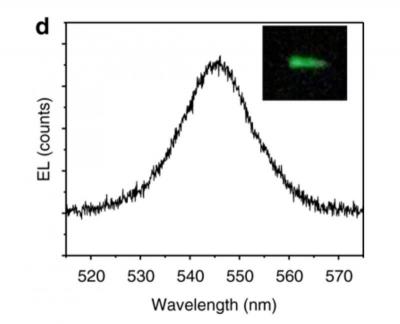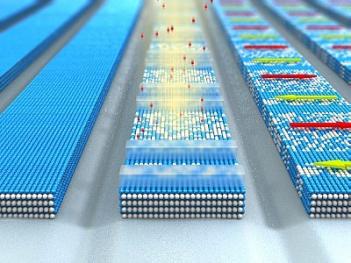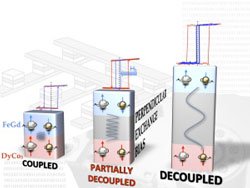 We've got some more information about the SPIN project we reported on yesterday:
We've got some more information about the SPIN project we reported on yesterday:
The SPIN project aims at demonstrating the potential impact and competitiveness of a new generation of components incorporating in a single chip nanoscience spintronics elements and CMOS technology. The basic proof of concept has already been brought that integration of these different technologies can provide highly innovative components, with the potential to become generic parts for many different products covering health, energy monitoring, domotics, automotive, aeronautics, and electronics. This project is thus focused on the development of a comprehensive set of three key demonstrators carefully chosen to provide a wide validation of such functionalities. These three objectives share very similar underlying technologies, so there is a large part of common work in their development, and our consortium gathers comprehensive expertise at the leading edge of the area.
Each demonstrator will be delivered with a report on the risk of industrialization, the life time targeted and the security and environmental impact, which will serve as basis for future industrialization.
Objective 1 : Magnetic FPGAs
The objective will be to design a magnetic FPGA which will incorporate finely distributed Magnetic Tunnel Junctions (MTJs) for non volatile storage and configuration purposes above of a CMOS core circuit. In complement of existing high density FPGAs, it will provide better versatility with intrinsic reconfigurability, instant on/off and energy saving. Such FPGAs can be used as general purpose standalone products. In the SPIN project, the FPGA will be targeted to provide intelligent processing of the magnetometers and sensors developed in objectives 2 and 3.



